The Eternal Light: The Hall of Korean Intangible Cultural Heritage
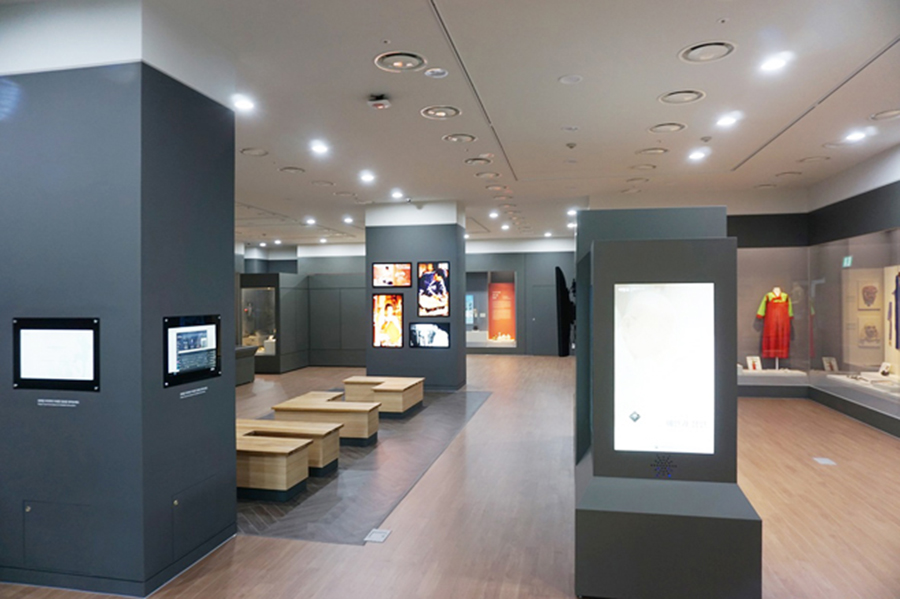
My nephew has developed interest in Korean history and traditional culture. Recently, he became curious of how the famous Korean traditional white porcelain (aka “baekja”) is made. My aunt knew exactly where to take him for the first-hand experience of meister’s porcelain-making. She brought my nephew and me to the National Intangible Heritage Center.
So, what is intangible cultural heritage? All heritages have great historical or artistic values. Castle, tomb, statue, painting, pottery, book and the like are categorised “tangible heritage”. However, play, music, dance, craft skills and the like are categorised “intangible heritage”. The intangible heritage needs human performance as medium. The city of Jeonju, as the city of Korean traditional culture, proudly hosts the National Intangible Heritage Center.
The opening of the Hall of Korean Intangible Cultural Heritage

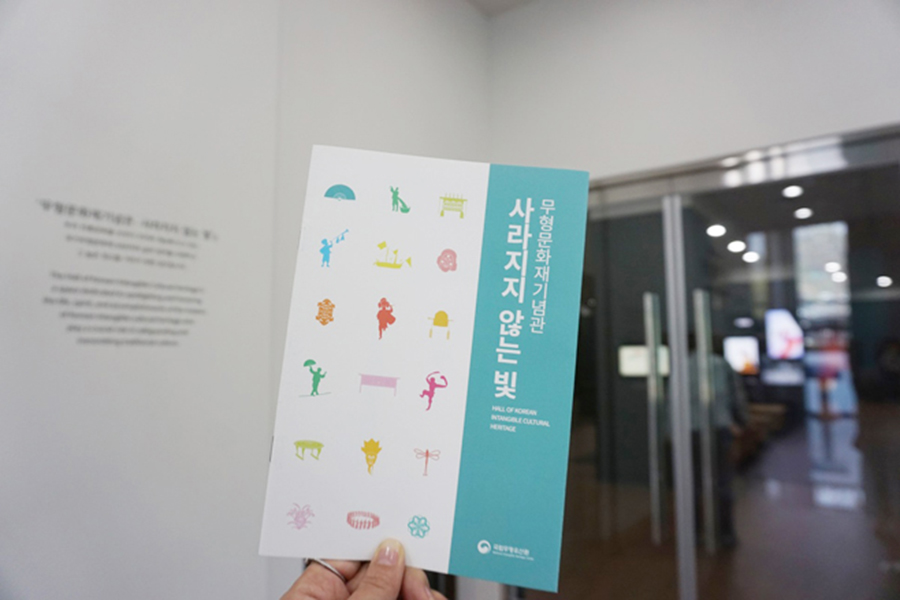
Last March marked the opening of “the Hall of Intangible Cultural Heritage Memorial: The Eternal Light” in the National Intangible Heritage Center. The hall celebrates the life and achievements of the masters who hold the title of the National Intangible Cultural Heritage. The masters’ spirit and skills are symbolized as “the Eternal Light”.
Six spaces dedicated to different intangible cultural heritages
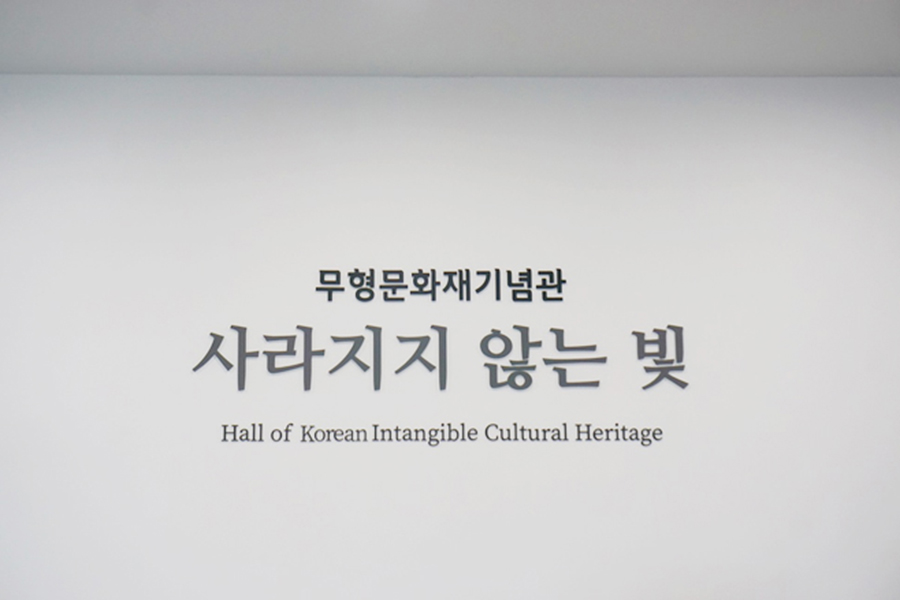
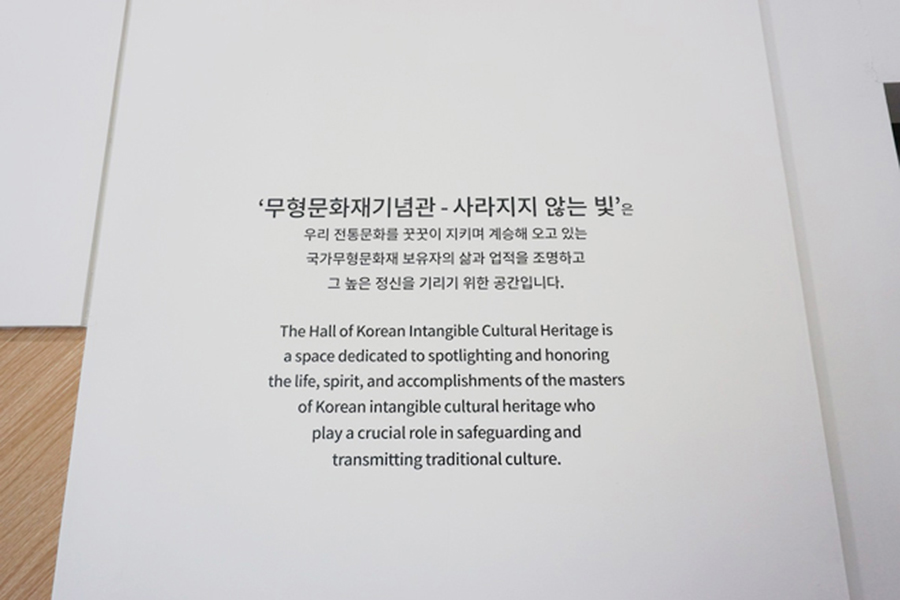
The hall consists of six spaces: sound, choreography and performance, flavor and figure, ritual and ceremony, festivity and play. I learned that diverse aspects of our everyday lives can constitute intangible cultural heritages, from brewing beverages to playful performances. Hence, there exist a wide array of masters holding the title to and making efforts to preserve the Intangible Cultural Heritages. Currently, there exists around 140 such heritages.
Celebrating the passion and effort of the masters
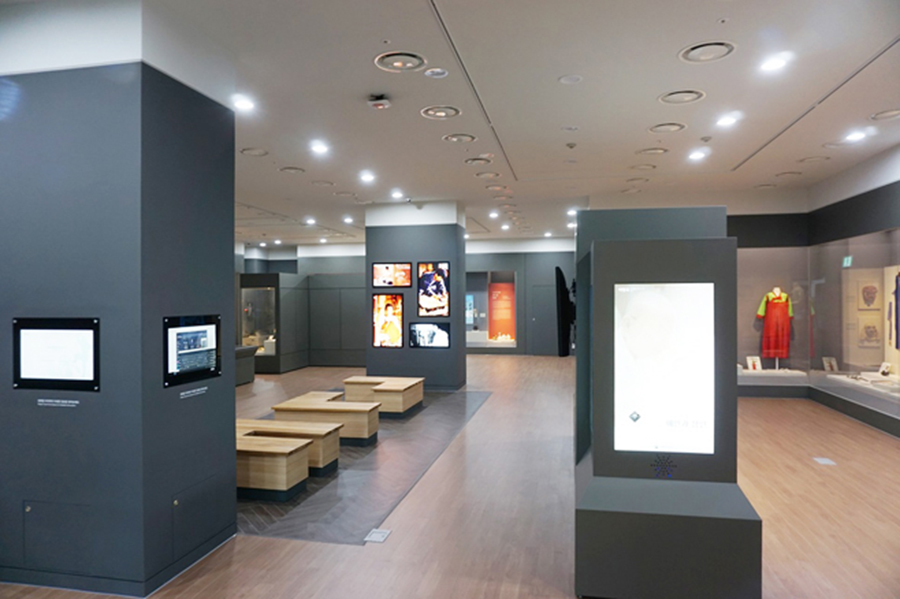
The hall celebrates the passion and effort of the masters through introducing their lives and exhibiting their personal relics. I could walk into their lives through their photos, thumb-marked tools, letters to their students, costumes that underwent numerous repairs and annotated books and scores. They all seemed to contain stories of perseverance that overcame huge difficulties.
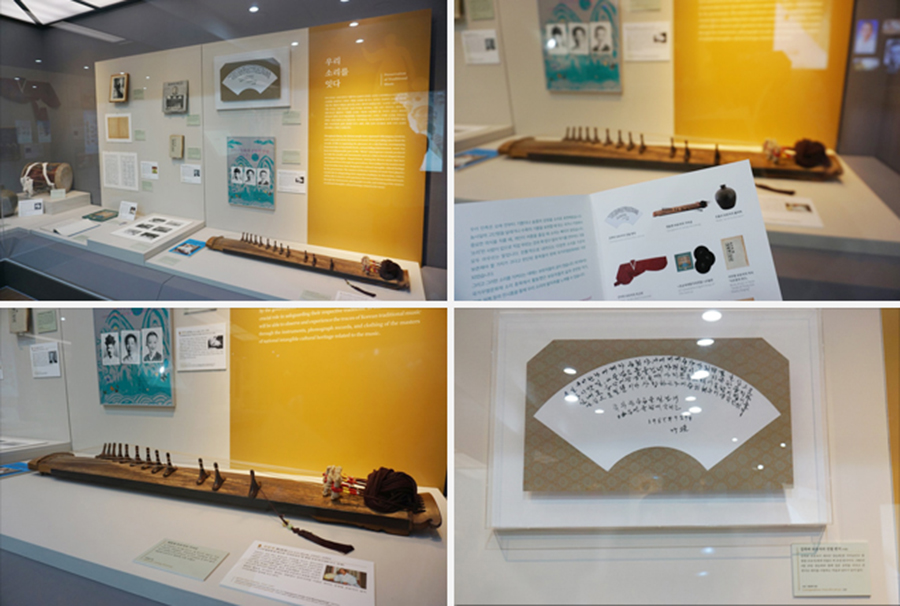
I felt a step closer to understanding the intangible cultural heritages.
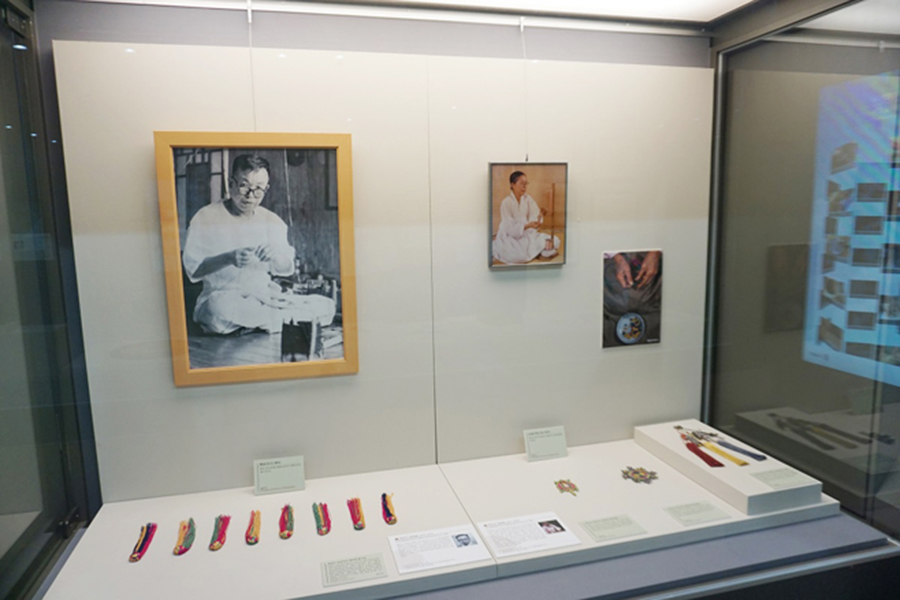
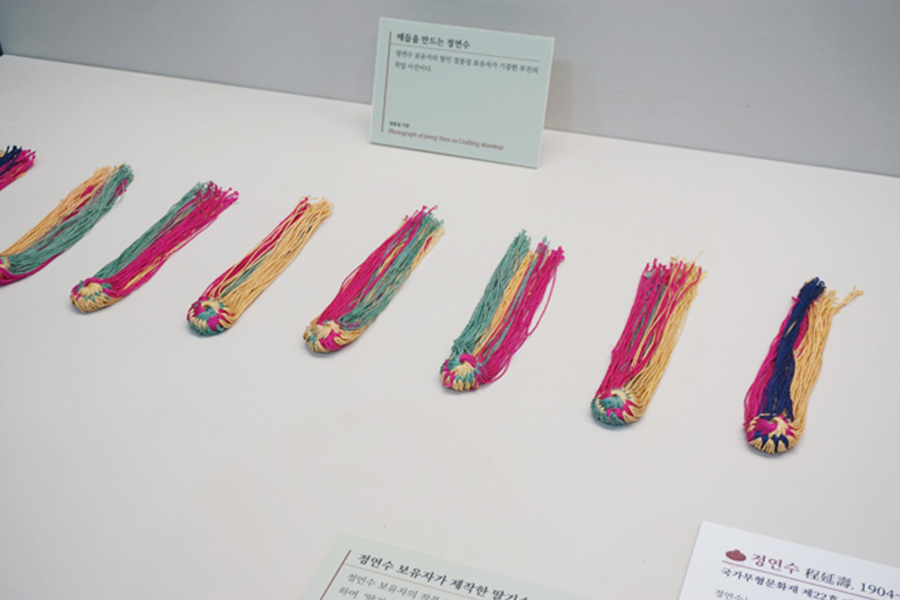
Demonstration by the masters
The hall introduced different masters and their heritages through screens and sounds. This must be the most effective way of getting to know the intangible cultural heritage.

The screens showed the masters’ workshops, work processes, and preparations for performances
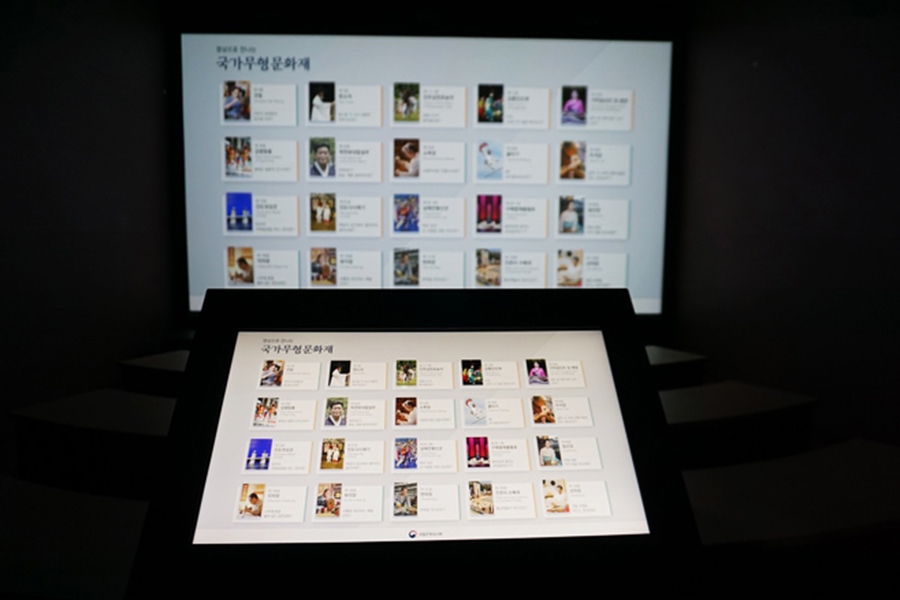

I was particularly impressed by the complexity of and efforts put into making the traditional mother-of-pearl inlayed furniture, one of the specialities of Jeonju.
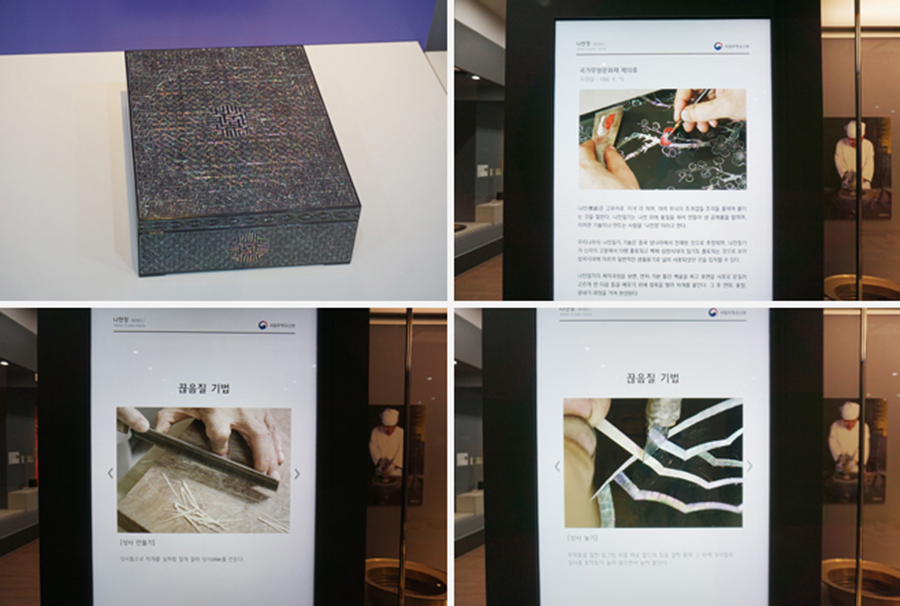
I developed a huge respect for the masters for their skills and efforts. I also became more proud of the Korean traditional culture.
Educational programs
I really liked the hall’s educational programs. I was invited to color one of the sketches of the Korean traditional masks (aka “tal”). I then put the sketch into the scanner, and then the mask that I colored appeared on the screen and started to dance. It was a brilliant way to learn the traditional Korean masks.
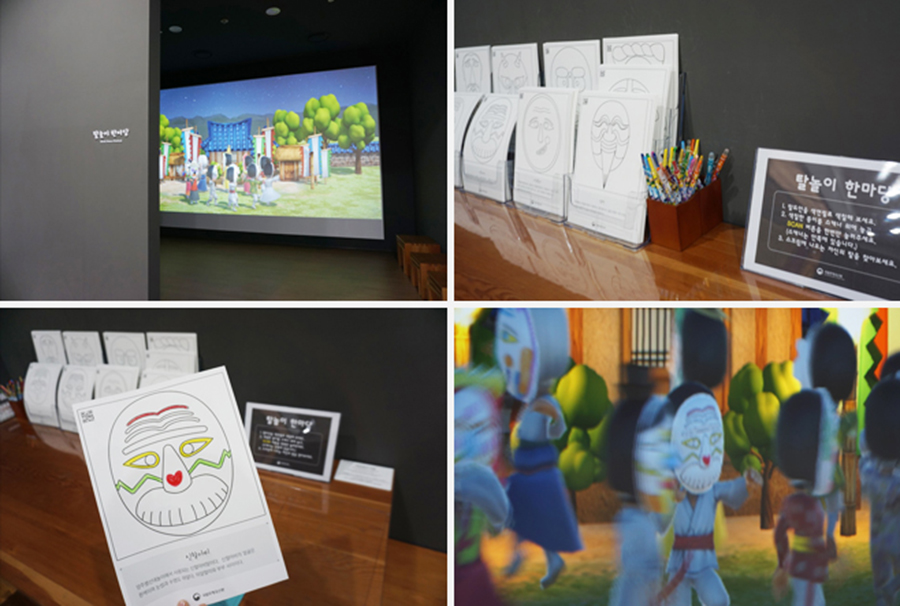
There was also the “danchung” (paintings that decorate the ceilings, walls and pillars of traditional Korean buildings) coloring program. The children must love these!

Other programs included listening to different “arirang” (a representative traditional Korean folksong) from different regions. The hall is a great place for children to learn the traditional Korean culture and the masters’ efforts to preserve them. /
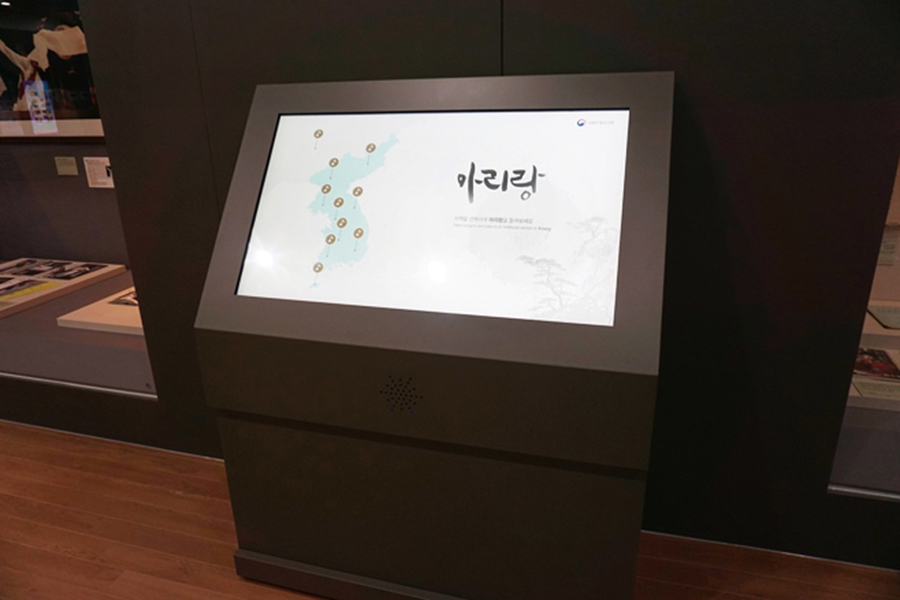
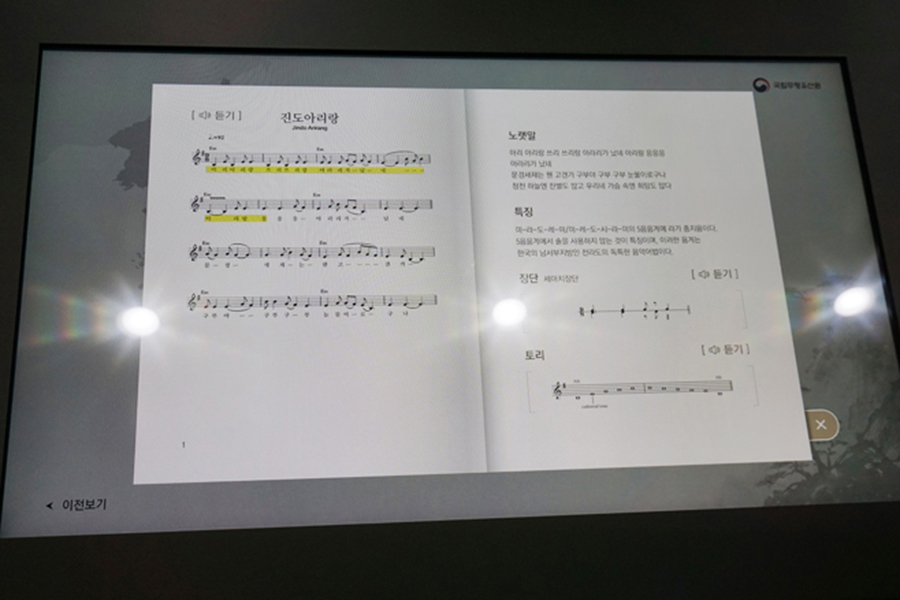
“The Eternal Light”
Making history and traditional culture more popular and accessible has been a trend in the Korean society these days. However, I was not very knowledgeable of the intangible cultural heritages. I learnt much about the importance of and the effort to preserving and transmitting the heritages. They are the true living history and “the Eternal Light” of Korean spirit. I recommend visiting the Hall of Korean Intangible Cultural Heritage.
[The Hall of Korean Intangible Cultural Heritage]
Where: The first floor, National Intangible Heritage Center (near Jeonju Hanok Village)
Opening Hours: 9:30~17:30 (closed on Mondays and 1st of January)
Entrance Fee: free (guided tour offered for more than 10 people on reservation)
Contact: 063-280-1400 / www.nihc.go.kr/english


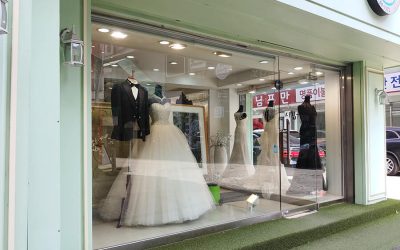
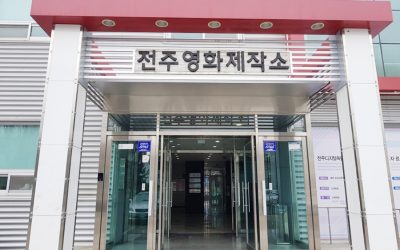
최신 댓글